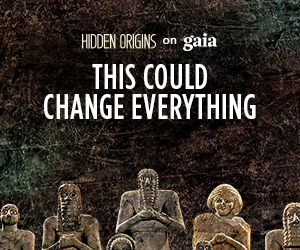Yes, We Actually Are Beings of Light and Energy
It’s easy to dismiss such sayings like, “we are beings of light and energy” as New Age fluff. However, actual scientific investigation is validating some of what the wisdom teachers of long ago were telling us.
Granted, they may have used different language back then, words like,”biophotons” hadn’t been invented yet. In fact, the energy that animates life, known as prana, or qi (chi) is called many different words. Scientists have called it tachyon, scalar, torsion, aether, zero-point, and even dark energy (not really dark, but transparent).
Hard core cynics may never understand these “new-age” sounding concepts, because they are looking at it through a model of reality that cannot comprehend it. Particle physics cannot answer all of the anomalies, and presumptions it presents, because it filters out everything that doesn’t fit the model. In fact, any model is only a limited map of the ultimately unknowable. It may be still wise, however, to use the best map we can currently find in order to explore and communicate about what we discover about reality.
For me, one of the best current maps to understand reality is one presented by scientist/philosophers like Nassim Haramein in his film Black Whole. If you watch until the end, you will see that he brilliantly solves the ancient riddles and sacred symbols of the mystics of the past using his theory.
Some of the most fascinating research merging Quantum Physics and Biology is that involving the phenomena of biophotons. This is further confirmation that we are beings of light, and informed by light.
The article below is written for the skeptic that still has an open mind about the nature of life and reality. If you want more of the “proof” of information as light, and that our bodies send and receive this light, then you’ll find this extremely informative.
Biophotons: The Human Body Emits, Communicates with, and is Made from Light
© June 25th 2013, GreenMedInfo LLC. This work is reproduced and distributed with the permission of GreenMedInfo LLC. Want to learn more from GreenMedInfo? Sign up for the newsletter here http://www.greenmedinfo.com/greenmed/newsletter.”









